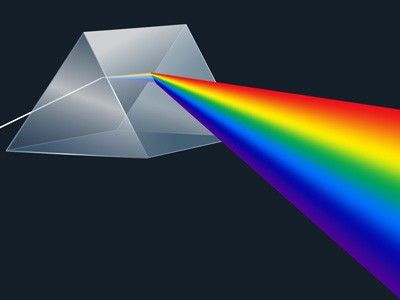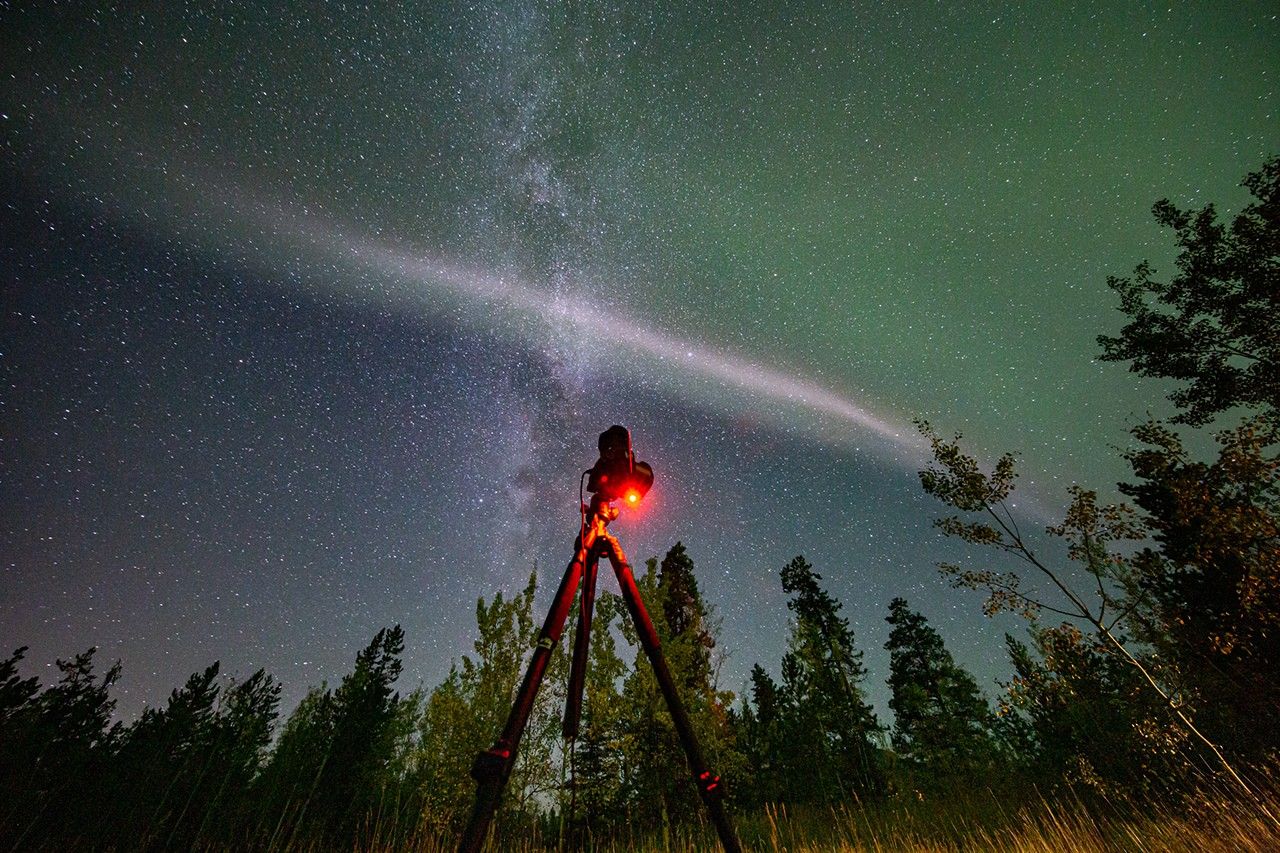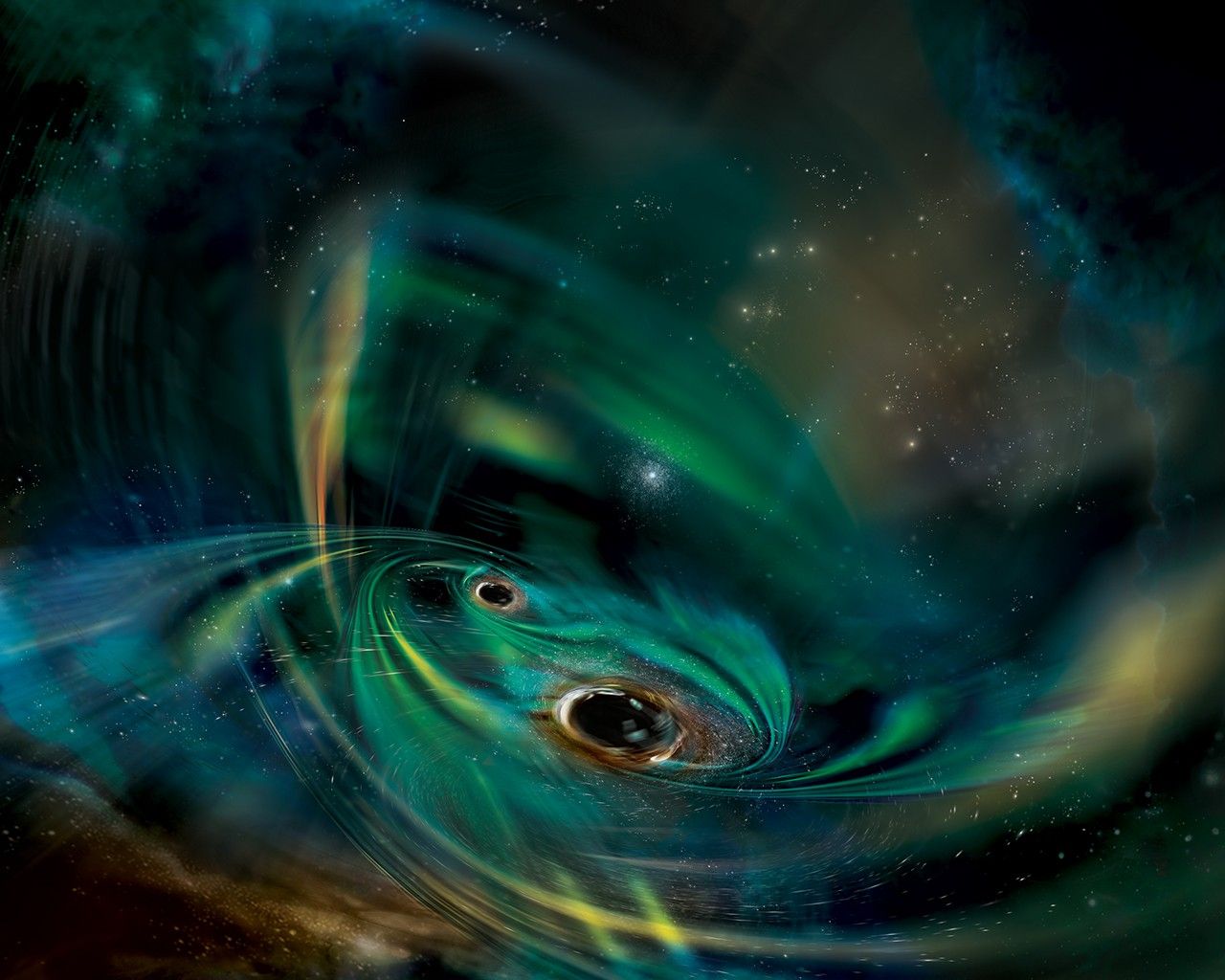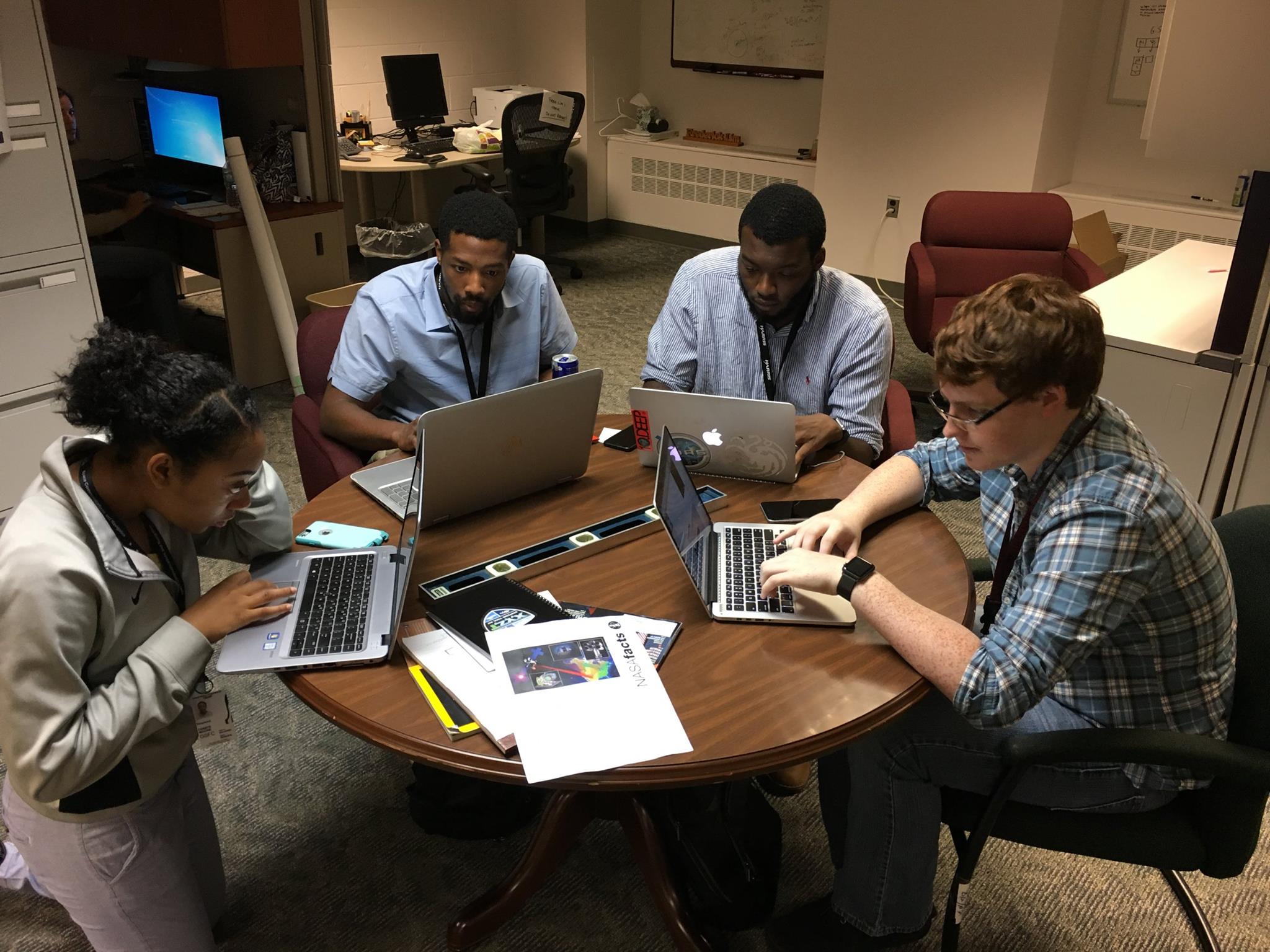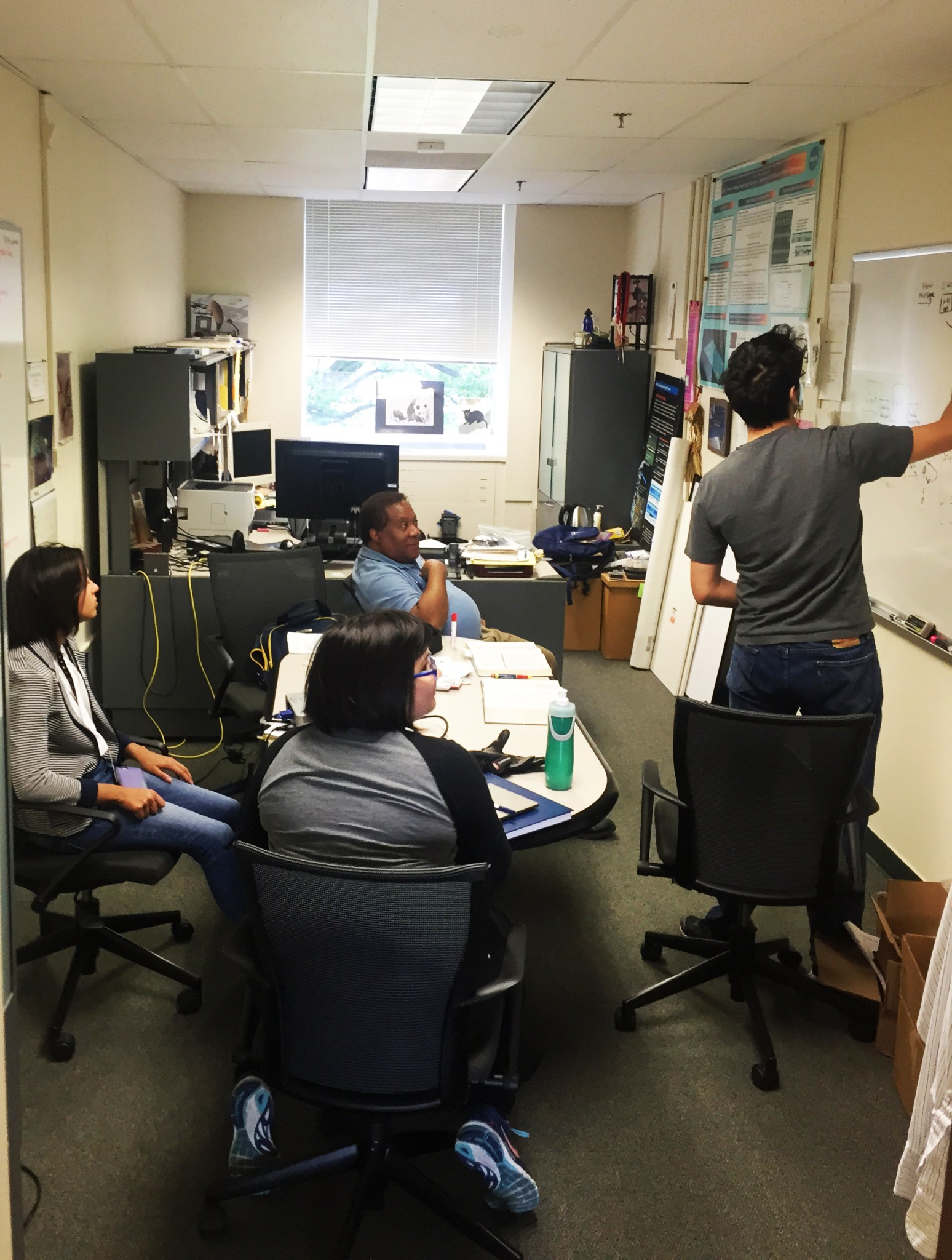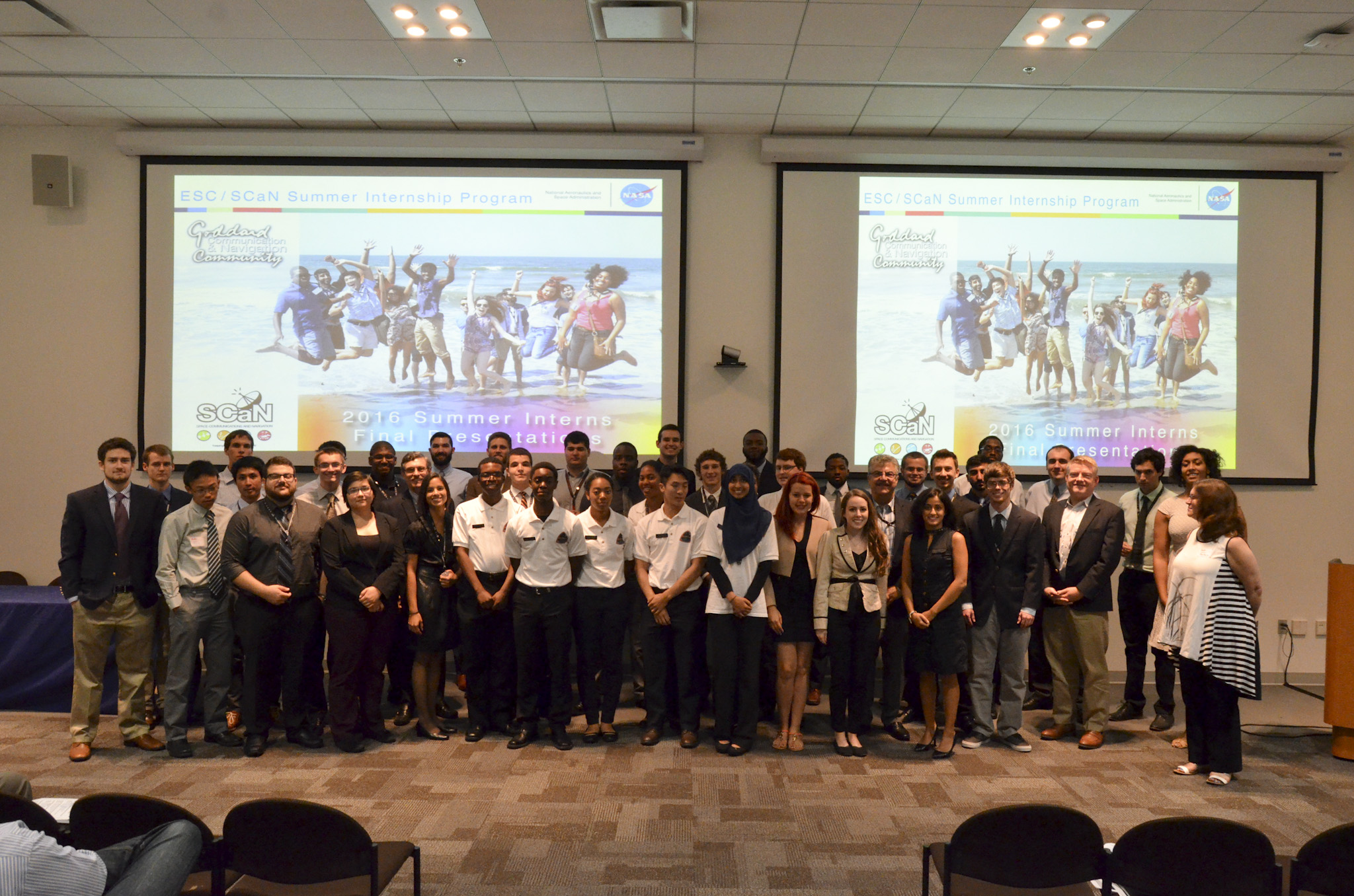Millions of students across the country take on internships every year, but not all have the chance to be part of an innovative team pushing the boundaries of space communications. Summer interns with the Explorations and Space Communications Projects Division (ESC) at NASA’s Goddard Space Flight Center in Greenbelt, Maryland, tackled projects critical to human and robotic spaceflight.
Credits: NASA’s Goddard Space Flight Center/Amber Jacobson, producer
This summer, ESC hosted 48 interns, undergraduates through Ph.D. students, from 25 different schools and 19 different states. The students joined a nationwide team of interns supporting NASA’s Space Communications and Navigation (SCaN) Program Office, which integrates all three of NASA’s communications networks: the Deep Space Network managed by NASA’s Jet Propulsion Laboratory in Pasadena, California, and the Space Network and Near Earth Network managed by Goddard. Together, these networks are responsible for all data transfer to and from NASA missions in space. The SCaN teams at NASA’s Glenn Research Center in Cleveland also hosted interns.
The Goddard team worked projects ranging from building high-efficiency radios for tiny satellites called CubeSats to exploring as-yet theoretical communications methods to assisting with the division’s financial management, all of which were directly applicable to SCaN’s mission to create and maintain an evolving portfolio of space communications services to further human exploration.
“Our assignments were specifically targeted at enhancing SCaN’s network capabilities, technology infusion and gains in process efficiency,” said Mike Weiss, ESC associate program manager at Goddard. “We want to give interns work that both helps NASA’s capabilities and helps them educationally.”
In essence, these students became an extension of the ESC team – the division has a clear vision of how the students’ work would be put to use in the short- to mid-term, commented one of ESC’s key mentors Harry Shaw, just like that of everyday employees. In a process similar to hiring a professional employee, the team set out to leverage knowledge the interns already had to assign each proposed project to the right individual or team, ensuring each student had the opportunity to work on assignments meaningful both to their studies and the division. At the end of the summer, the students presented their work to SCaN and ESC leadership, demonstrating their projects’ utility to the team.
“We gave them some really challenging projects we knew they were capable of just from doing our homework and looking at their resumes or sometimes talking to their schools,” Weiss said. “And they delivered. They gave us some great things we’re continuing to work on.”
NEN Now, an online simulated interface to show the activities of the Near Earth Network and its components, is just one example. Set for release later this year on both web and mobile platforms, it was built almost entirely by the efforts of interns with guidance from ESC software engineer Ryan Turner.
“NEN Now started as an idea JPL had to create a graphical representation of the activity of the Deep Space Network,” said Weiss. “SCaN and ESC together had a vision to create both a Near Earth Network and a Space Network version and then merge everything together to show SCaN’s integrated communications capability.”
Over the course of several semesters, Turner’s interns developed a concept for NEN Now, created a proof of concept, demonstrated their idea and took it to an operational state. The site will appear live to the public by 2017. This summer, they also began to develop SN Now for web and mobile platforms, the final step in creating a big-picture view of the SCaN networks’ activities.
In many cases, such as that of SN Now, projects will be carried on by the next group of interns – ESC is working on developing, and, in some cases, has already implemented, a full-year pipeline of interns. Others who began work this summer will continue their projects from afar through agreements with their schools.
“The point is that we can execute ideas effectively and efficiently by having interns as integral members of our teams,” ESC intern program coordinator Sandra Vilevac said. “Our innovative implementation of ideas is dependent upon the fresh and new ideas that the interns provide. They are a breath of fresh air in our daily work, helping to re-invigorate and inspire the team.”
The team is already beginning to think about their next set of new team members. In 2016, Weiss said NASA received about 12,000 applications to do communications-type work. Vilevac at Goddard expects that number to continue to grow, as previous interns serve as “ambassadors” in their schools and communities, promoting NASA’s work and the Goddard Communications and Navigation Intern Program.
Vilevac and the team continue to push to overcome obstacles and limitations to increase the number of interns SCaN and ESC can hire, reaching deep into Goddard’s talent pool to provide the best intern-mentor experience.
ESC is proud to support SCaN’s mission by incorporating the best and most innovative work of their interns.
To learn how to become a NASA intern, please visit https://intern.nasa.gov.
By Ashley Morrow
NASA’s Goddard Space Flight Center, Greenbelt, Md.













